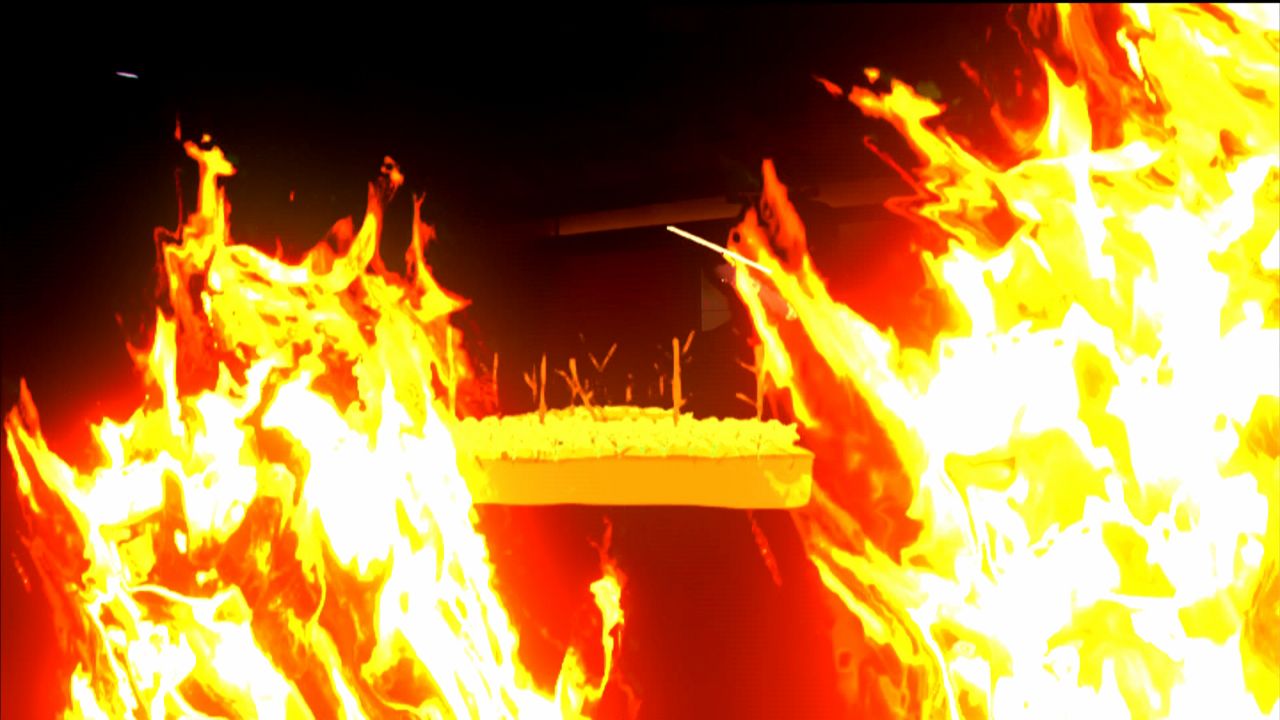When a wildfire hits your neighborhood, you might be surprised to learn that it’s not the flames that will take it down.
In this Virtually Rick: find out how wildfires set your home ablaze. Let’s get virtual.
Houses can burn without a wildfire even being close to your home. It’s the embers produced by the fire as it burns up trees and vegetation! There are often thousands of these embers, held aloft by strong wind, and they can travel great distances, miles even. Known as “Fire Spotting,” these flying embers get inside vents, nooks, crannies, open windows and ignite fires in your home from the inside.
The area you see here, is key to the survival of your house: the Home Ignition Zone.
One hundred to 200 feet out: the trees and ground vegetation are fuel and if the conditions are right and it is close together, wildfire can jump from tree to tree, bush to bush, closer and closer to your home.
Thirty to 5 feet: think of your home as if it was a fireplace. It’s the little things that burn fast like twigs or dead weeds, dry grass or pine needles and if they are outside up against the house or in crawlspaces, gutters, or if you have a wooden roof, then they’re the perfect fuel for embers to start a fire.
Once your roof is ablaze it’s much harder for you to save your home, especially if it’s older and not built or treated in a way that will help protect it. What about your neighbor’s home? Well, if it’s less than 100 feet from yours, that’s fuel for the fire too. Wildfire is the source but It’s clear to see that “Fire Spotting” is the real culprit that makes your dreams go up in smoke.








